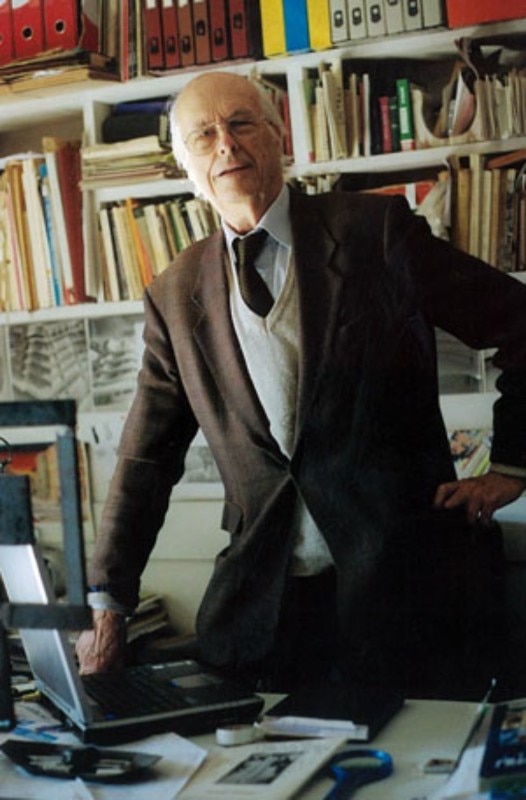According to the author of De Architectura, Vitruvius, the architect must possess a multidisciplinary education, based on practice and theory. Such hard-earned knowledge must be integrated with natural talent because, according to Vitruvius, neither natural talent without cultural training nor cultural training without natural talent can produce a complete professional.
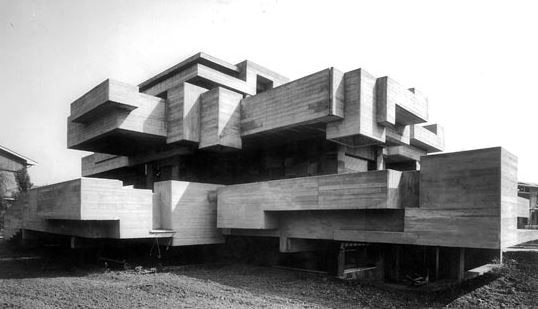
And during the long life of Saverio Busiri Vici these components, both personal and professional, found balance in an accomplished professional – as his son Leonardo, also an architect, recounted in a recent conversation on the figure of his father on the occasion of his death – without passionate creativity ever prevailing over a deeply concrete design vision, and vice versa.
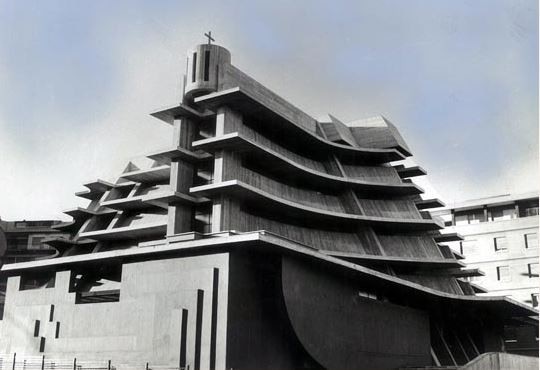
Heir to a lineage counting architects since the 17th century – his father Clemente was the author, among other works, of the “XXVIII Ottobre” maritime colony in Cattolica (the “Navi”), his uncle Michele was one of the architects of the Costa Smeralda – Busiri Vici has developed, despite the continuity, a personal path matured first at university (initially in engineering, then in architecture) and later in his father’s studio. From his personal friendship with Le Corbusier – with whom he shared an attentive approach to the problems of his time and the conception of an architecture at the service of human life – and from his international acquaintances with Alvar Aalto and Paul Rudolph, Busiri Vici acquired a lucid and conscious vision of the role played by architecture in society: an architecture that is immersed in reality and profoundly focused on the needs of users, on the one hand, and the result of sophisticated design research, on the other.
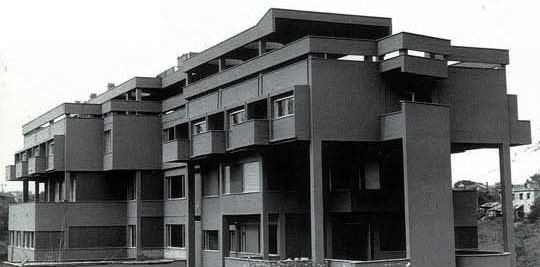
Throughout a career spanning more than seventy years, from institutional projects to residences, from town planning to restoration, the common denominator – as also his son Leonardo observed – has been the “tridimensional” approach to design: intersecting planes, complex volumetric interlocking, dramatic chiaroscuro plays have characterised a large part of his works, including the Collegio Universitario di S. Pietro, the Church of S. Maria della Visitazione, Villa Ronconi, the Pluriuso Building in viale Jonio, the Casa Generalizia di S. Vincenzo de Paolis in via dei Capasso (all of them in Rome). And it was precisely this architecture consisting of powerful “signs” – a term dear to his heart, as his son recalls – articulated masses, straightforward and authentic materials (concrete, glass, brick, and steel assembled without mediation) that earned him the label of “brutalist” architect, even if the association with brutalism was reductive for him in relation to his work.
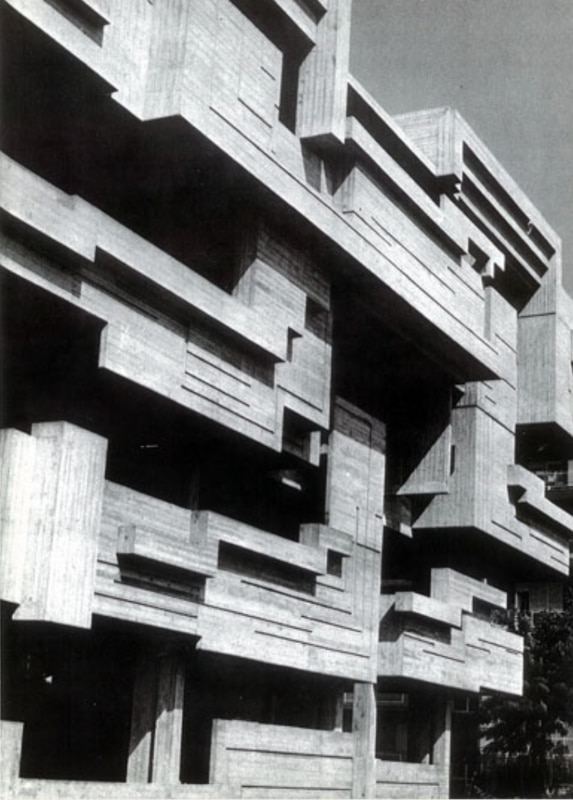
He was the architect of illustrious commissions but was mostly able to invest himself in relation to the most diverse subjects. Famous projects include the Astronomical Observatories in Rome and Lazio (Monte Mario, Monte Porzio, Campo Imperatore) for the Ministry of Public Education; the Pontifical Urbaniana University, with the Rector's Office/Library, the Auditorium, the CIAM Congress Centre, commissioned by the Congregation of Propaganda Fide in the context of a 30-year collaboration; Casa Santa Marta, designed in collaboration with the Technical Office of the Governorate of Vatican City State.
Again, from the words of his son Leonardo, a path emerges, paved with passion and exceptional manual agility in transposing ideas into built materiality. Deeply in love with architecture, Busiri Vici believed that the other arts, such as sculpture and painting which he practised with mastery, should also converge in architecture, from the large-scale sculptures that enliven the family garden to the sketches to which he added refined pictorial components. And drawing, with pencil and paper, was indeed the main tool of his architectural research, together with the modelling to which he dedicated himself, between sheets of wood, glue and cutters, in his country retreat in Tivoli.
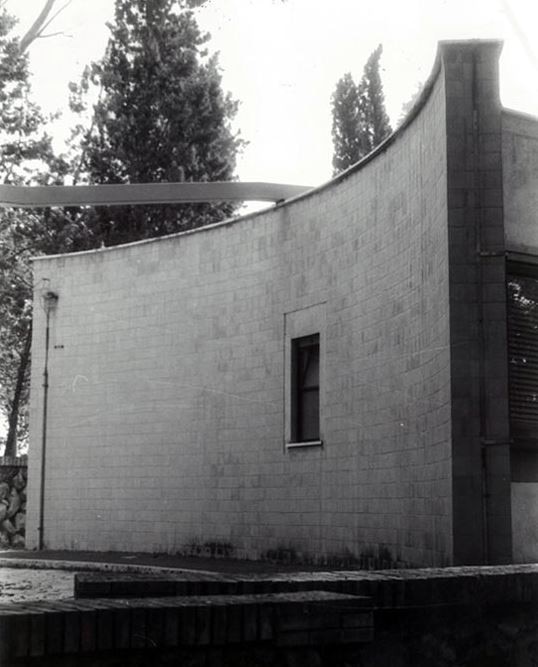
An approach to the profession that is today increasingly fading away, in a time prone to easy notions, to the exasperation of the architect’s egoic attitude or to an intellectual laziness devoted to the laws of real estate market; a chapter of Italian professionalism that recounts its interdisciplinary nature and the depth of its educational foundations.
Opening image: Church of St. Mary of the Visitation, Rome 1971. Courtesy Leonardo Busiri Vici


